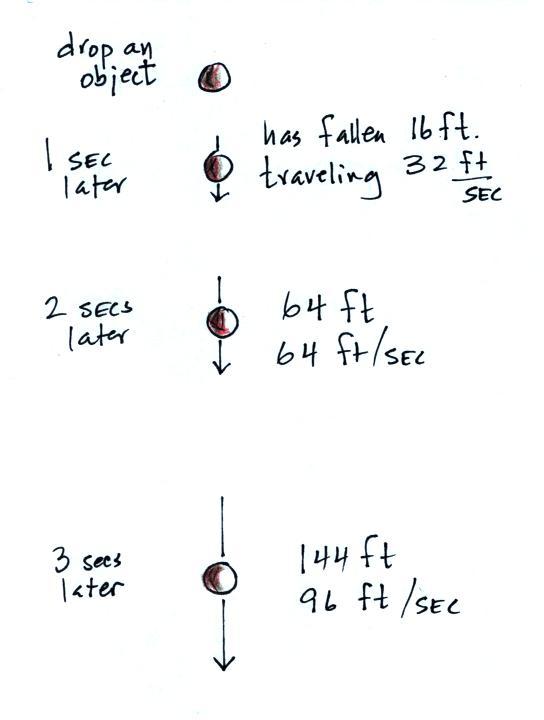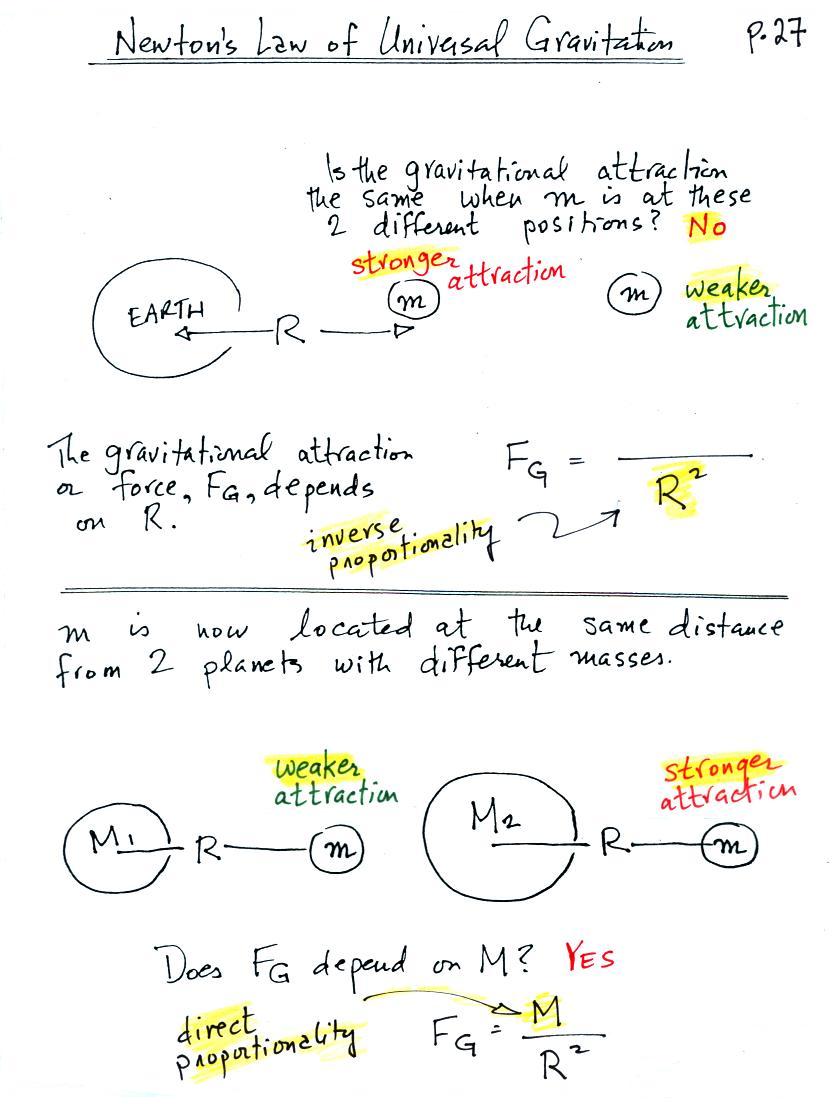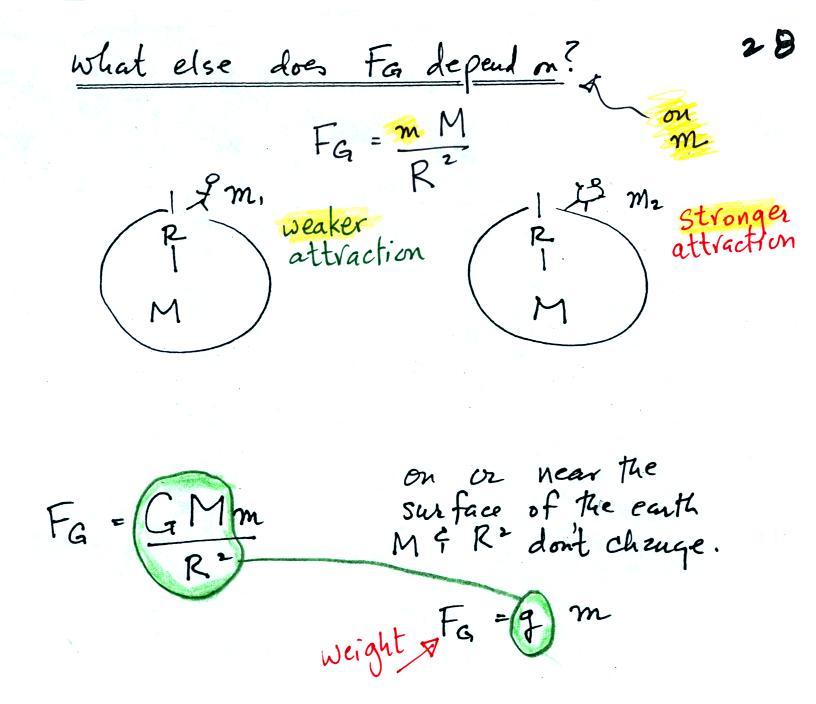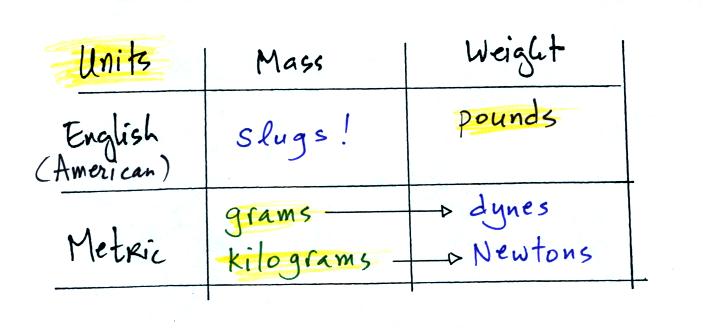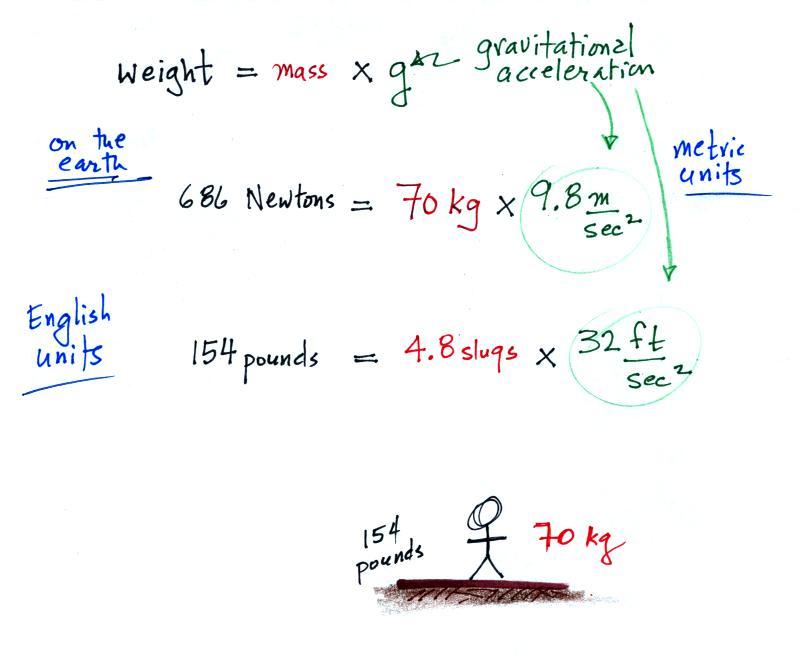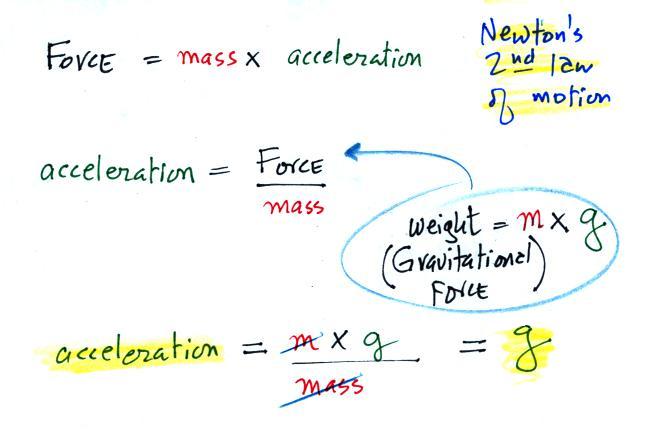The gravitational acceleration has
a value of 32 ft/sec in the English system of units (9.8 m/s). We
let the object in the figure below start to fall at time zero.
One second later it will have fallen 16 feet and will be moving at a
speed of 32 feet per second (ft/sec). In the next second it's
speed will increase by 32 ft/sec and will now be falling at 64
ft/sec. The same thing will happen in the second after
that. After three seconds the object will be falling 96 ft/sec
and will have fallen 144 ft.
